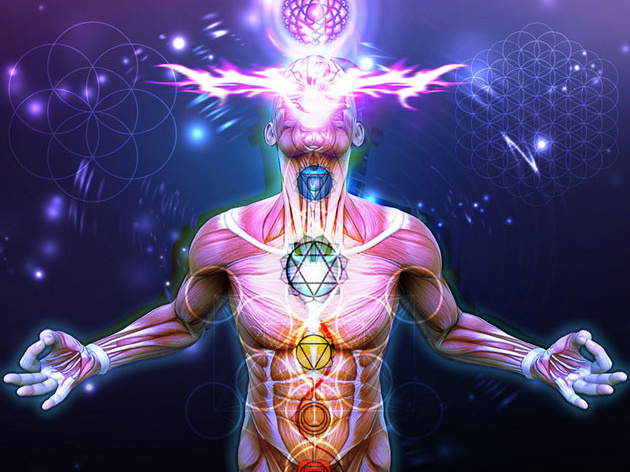Viral TikToker and philosophical pioneer, Thirdeyers aka Mariah Vampire, has published an inspiring and thought-provoking overview on better understanding Animism. You can read it in full via www.thirdeyers.com; and we have included excerpts below!
Humanity has long been engaged in a quest to comprehend the relationship between the physical and spiritual realms. This quest has given rise to diverse belief systems, philosophies, and scientific theories. One such belief system that has survived the test of time is animism. Animism, often misunderstood and overlooked in modern discourse, provides a distinctive perspective on the interplay between matter and spirit, bringing spirituality and scientific rationality into a harmonious blend.
UNDERSTANDING ANIMISM
Animism, a term derived from the Latin word ‘anima’ meaning ‘breath’, ‘spirit’, or ‘life’, is a belief system that ascribes spiritual essence to all entities. This ancient practice perceives everything – from humans to animals, plants, rocks, rivers, and even man-made objects – as being animated and alive. The animistic view extends beyond the human realm, infusing life and connections into the world’s soul.
In the animistic perspective, all material phenomena have agency; the physical or material world exists in tandem with the spiritual. Animism suggests that every entity, be it animals, plants, lands, waters, rocks, or mountains, are alive and possess a distinct spiritual essence. Thus, according to animistic cultures, humans should maintain equitable relations of respect and reciprocity with all other animated beings.
THE PRACTICE OF ANIMISM: A GLOBAL PERSPECTIVE
While the core belief in spiritual beings remains consistent, the practice of animism varies significantly across cultures. Animism highlights the importance of human interaction with the natural world. For instance, we invite animals and plants into our homes, converse with them, and significantly alter ecosystems through our usage of the world’s resources.
The practice of animism often entails shamanism – a practice prevalent in various cultures worldwide that involves interacting with spirits to understand the universe’s interconnected nature. Shamans, the practitioners of animism, serve as mediums to communicate with the spirit world. They engage with other-than-human entities and are often responsible for healing and other activities associated with communal well-being.
ANIMISM AND RELIGIONS
Animism has often been portrayed as a primitive belief in spirits. However, this understanding is far from the truth. Animism has evolved alongside and within many of the world’s religions, finding its place in modern practices. From indigenous religions to monotheistic ones like Christianity and Islam, elements of animism can be identified. These are not primitive beliefs but complex religions and worldviews that have evolved over time.
For instance, Shintoism, a Japanese faith centred on the devotion to spiritual beings called ‘kami’, resonates with animistic beliefs. Similarly, pantheism, the belief that God is synonymous with the universe, shares common ground with animism in recognizing the interconnected nature and spirituality of all beings.
ANIMISM AND SCIENCE
While religion and spirituality have often been at odds with science and rationality, animism provides a unique confluence. Animism is not a religion or spiritual movement but a belief system centred on relationships and the practical application of these relationships for change, growth, and enhancement of life.
While science seeks to understand the world from an objective perspective, animism provides tools to understand and work with our subjective experiences. These perspectives are not in conflict. Rather, they complement each other. An animist can welcome modern medicine, technology, and rational thinking while maintaining their spiritual practices, such as communication with spirits and deities or energy medicine to enhance health.
Animism’s connection with science becomes particularly evident in the area of climate change and environmental protection. Science has long warned us of the consequences of our treatment of the planet. However, an emotional and personal experience of the natural world and our relationship to it, as provided by animism, is far more compelling than a graph or statistic.
BECOMING AN ANIMIST
Embracing an animistic worldview does not require a formal conversion or adherence to a set of rigid doctrines. Instead, it calls for a shift in perspective, an openness to perceive and interact with all beings – animate and inanimate – as possessing a spiritual essence. It’s about acknowledging the interconnectedness of all life and striving to live in harmony with the natural world.
In a world driven by technology and rapid advancements, animism offers a refreshing perspective, one that encourages us to slow down, connect with our surroundings, and appreciate the inherent spirituality in all beings. By acknowledging the spiritual essence in all things, we can foster a more mindful, respectful, and sustainable way of life.
